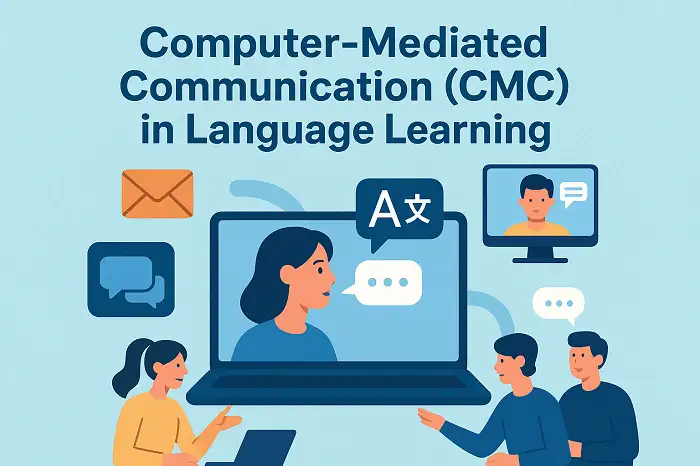Table of Contents
Communicative Language Teaching in the realm of second language learning and teaching
Important points about communicative language teaching

- Communicative Language Teaching was established in the late 1970s and early 1980s in opposition to ‘cognitive code’ proposed by Chomsky in his theory ‘Generative Grammar, 1960’.
- Authenticity of language learning: All of the activities are on the premise of functional and meaningful purposes.
- Meaningful Learning: The employment of meaningful tasks in the class
- The assimilation of real-life situations
- An emphasis on both linguistic fluency and accuracy
- Automaticity: The learners are encouraged to generate unrehearsed language performances in the class. Another term for ‘automaticity’ is “Spontaneity”, i.e. in CLT classes, students are cajoled into encountering unpracticed situations.
- Cooperative Learning: Students are encouraged to construct meaning through genuine linguistic interaction with others.
- Classroom goals are focused on all of the components, including grammatical, discourse, functional, sociolinguistic and strategic (Brown, 2001). However, communicative competence, above all, is of pivotal importance.
- Autonomous Learning: The students are encouraged to develop enough metacognition strategies in their own learning process. They are given abundant opportunities to employ apt strategies in harmony with their own styles.
- The role of the teacher is that of facilitator and guide. He turns out to be an enabler, mediator, intervener, counselor and motivator in the classroom.
References
- Brown, H. D. (2001). Teaching by principles: An interactive approach to language pedagogy (2nd). White Plains, NY: Addison Wesley Longman, Inc.



